The color pink has traversed a fascinating path through the annals of fashion history, embodying various meanings and symbolisms across different eras and cultures. From a color of power and prestige to a symbol of rebellion and gender fluidity, pink’s journey in fashion reflects broader societal shifts and the ever-evolving landscape of style and self-expression. This article delves into the evolution of pink in fashion, tracing its historical roots, exploring iconic moments, and highlighting the designers who have made significant contributions to pink’s enduring legacy.
Renaissance to the 18th Century: A Symbol of Status
In the Renaissance and Baroque periods, pink was a color of luxury, worn by both men and women of the upper classes. The dye used to create pink fabrics was expensive and hard to come by, making it a status symbol. It wasn’t associated with a specific gender; instead, it signified wealth and social standing. Portraits from the 16th and 17th centuries frequently depict noblemen and women in various shades of pink, from soft pastels to vibrant hues, showcasing the color’s versatility and appeal.
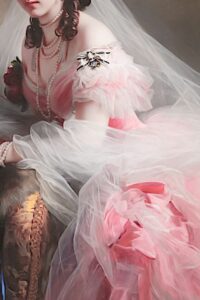
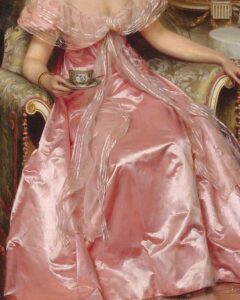
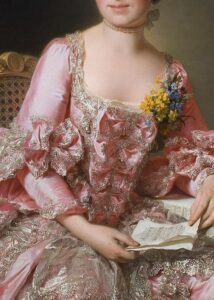
19th Century: Gender Associations Begin
The 19th century marked the beginning of pink’s association with femininity in the Western world. This shift was partly due to evolving fashion trends and the introduction of new chemical dyes, which made pink fabrics more accessible. However, it’s interesting to note that initially, pink was often recommended for boys, perceived as a stronger color, while blue was considered more delicate and appropriate for girls. This gender coding of colors flipped in the early 20th century, solidifying the link between pink and femininity that persists today.
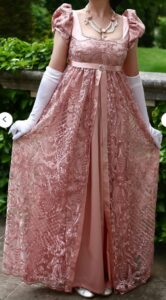
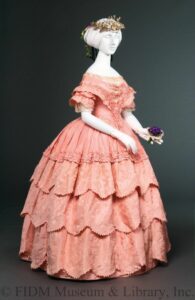

Early to Mid-20th Century: Pink’s Golden Age
The early 20th century saw pink firmly established as a feminine color, embraced in women’s fashion as a symbol of grace, elegance, and youthfulness. The 1920s and 30s introduced softer shades of pink into women’s wardrobes, reflecting the era’s romanticism and femininity. However, it was the post-World War II era that truly heralded pink’s golden age in fashion. Designers like Elsa Schiaparelli introduced shocking pink, a bold, vibrant hue that became synonymous with luxury and avant-garde style. The 1950s further cemented pink’s status with the popularity of Dior’s “New Look,” which featured full-skirted dresses in varying shades of pink, epitomizing the era’s idealized femininity.

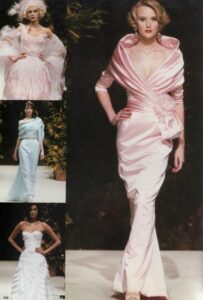
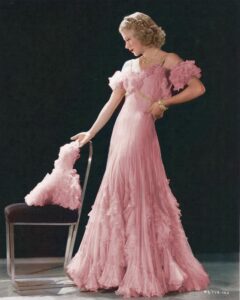
Late 20th Century: Rebellion and Reclamation
The late 20th century witnessed a dynamic shift in pink’s symbolism, as it became a color of rebellion, punk culture, and eventually, gender fluidity. The punk movement of the 1970s and 80s embraced bright, neon pink as a way to challenge societal norms and express individuality. Designers like Vivienne Westwood incorporated pink into their collections, using it to disrupt traditional fashion codes. In the 1990s and early 2000s, pink continued to evolve, with the rise of “girl power” feminism and the reclamation of pink as a symbol of strength and empowerment. The iconic pink Gucci suit worn by Gwyneth Paltrow at the 1999 Oscars exemplifies this era’s embrace of pink as both chic and powerful.
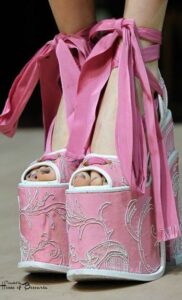

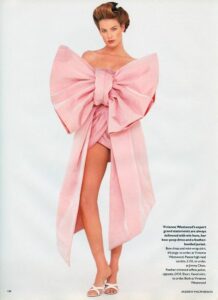
21st Century: Pink’s Resurgence and Fluidity
In contemporary times, pink has experienced a significant resurgence, championed by designers and fashion icons who have embraced its versatility and emotional resonance. The color has shed its exclusive gender connotations, becoming a symbol of fluidity and inclusivity. The “millennial pink” phenomenon, a soft, muted shade, dominated fashion and design trends, reflecting a shift towards gender-neutral aesthetics and the rejection of traditional gender norms. Designers like Alessandro Michele for Gucci and Marc Jacobs have showcased pink in their collections, highlighting its capacity to convey a range of moods and styles, from playful and whimsical to bold and subversive.
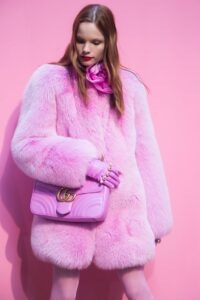
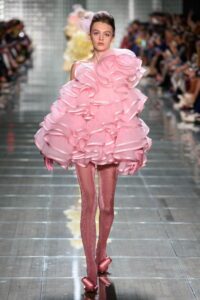
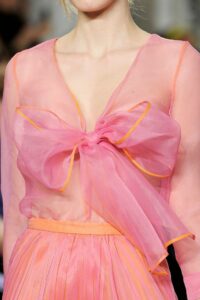
Iconic Pink Moments in Fashion
Several iconic moments in fashion history have featured pink, each contributing to the color’s evolving narrative. Audrey Hepburn’s bubblegum pink dress in “Funny Face” (1957), Madonna’s “Material Girl” music video in 1985, and Rihanna’s voluminous pink gown at the 2015 Grammy Awards are just a few examples of how pink has been used to make bold statements on and off the runway.

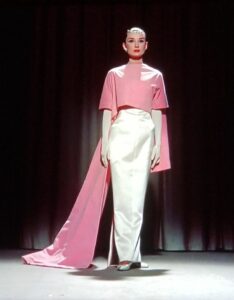
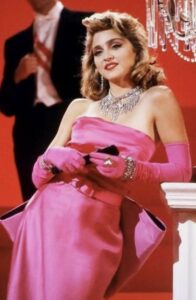
Conclusion
The evolution of pink in fashion is a testament to the color’s enduring appeal and its ability to adapt to changing cultural and societal norms. From a symbol of luxury and power to a marker of rebellion, gender, and fluidity, pink’s journey is as diverse and dynamic as fashion itself. As we continue to challenge and redefine traditional norms, pink remains a powerful tool for expression, emblematic of the fashion world’s capacity for transformation and reinvention
The Chronicles of Viridian: A Colorful Odyssey
The Secrets of the Dark Blue Aesthetic: A Comprehensive Exploration
Mastering the Kuromi Aesthetic: Essential Tips and Tricks
Unveiling the Elegance of Dark Heart Aesthetic

